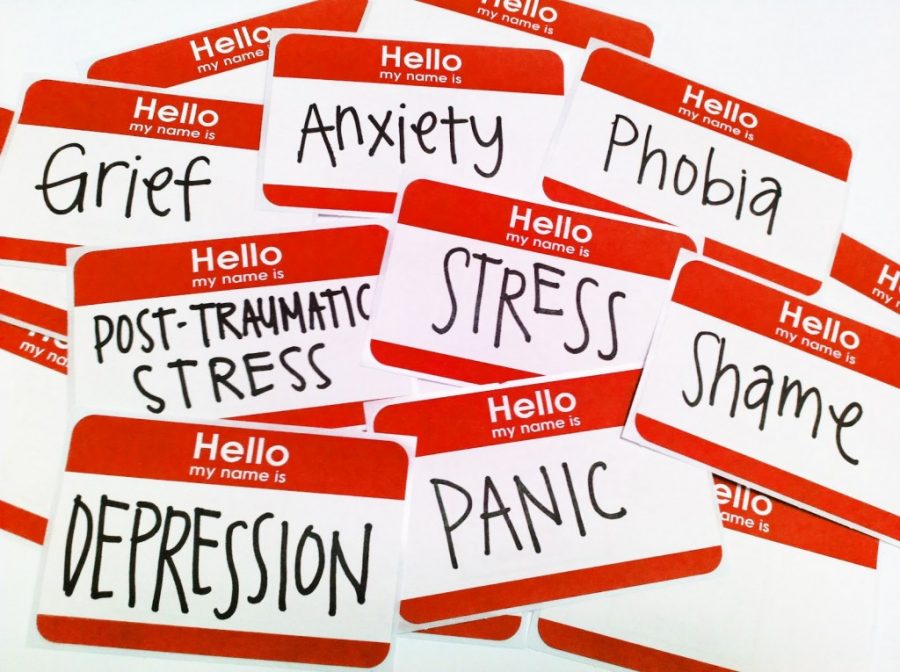Mental Health


Statistics of Mental Disorders in India:
A mental disorder, also called a mental illness or psychiatric disorder, is a behavioral or mental pattern that causes significant distress or impairment of personal functioning. Such features may be persistent, relapsing and remitting, or occur as a single episode.

The onset of psychiatric disorders usually occurs from childhood to early adulthood. Impulse-control disorders and a few anxiety disorders tend to appear in childhood. Some other anxiety disorders, substance disorders and mood disorders emerge later in the mid-teens. Symptoms of schizophrenia typically manifest from late adolescence to early twenties. The likely course and outcome of mental disorders vary and are dependent on numerous factors related to the disorder itself, the individual as a whole, and the social environment. Some disorders may last a brief period of time, while others may be long term in nature. All disorders can have a varied course. Long-term international studies of schizophrenia have found that over a half of individuals recover in terms of symptoms, and around a fifth to a third in terms of symptoms and functioning, with many requiring no medication. While some have serious difficulties and support needs for many years, "late" recovery is still plausible.
The predominant view as of 2018 is that genetic, psychological, and environmental factors all contribute to the development or progression of mental disorders. Different risk factors may be present at different ages, with risk occurring as early as during prenatal period.